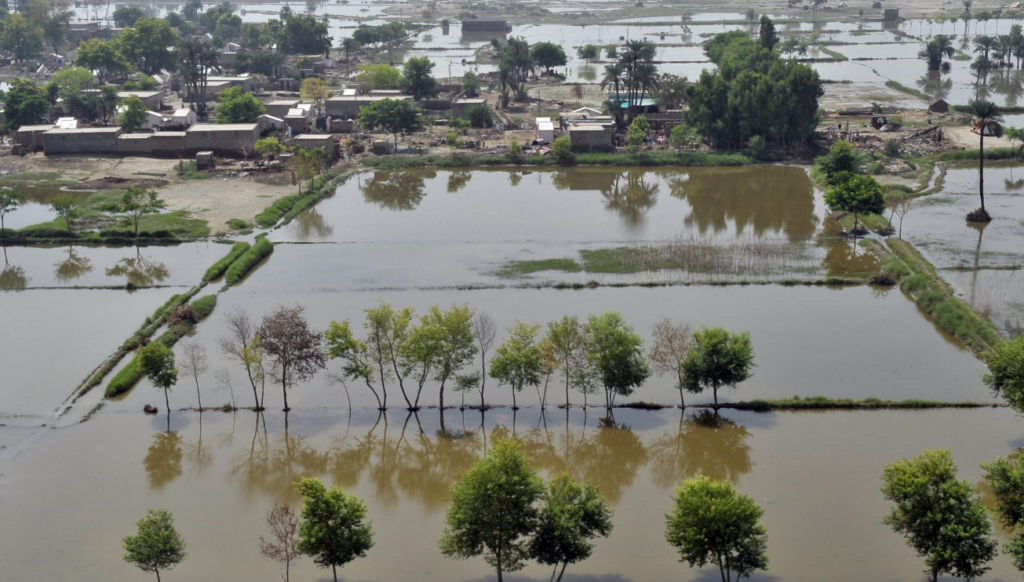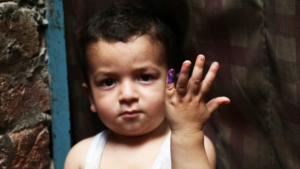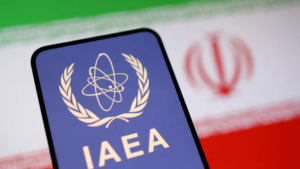

When floodwaters rise, resilience depends on more than rescue boats. It depends on the strength of communities, the endurance of infrastructure, and the capacity of systems that can absorb and recover from extreme shocks. Between June to September of this year, Pakistan endured a cascade of climate disasters. Extremely high temperatures were followed by intense rainfall, glacial lake outburst floods (GLOFs), flash floods, riverine floods, and pluvial flooding across the country.
From 15 June to 26 September, the floods have killed more than 1,000 and affected 7 million people in total, including 3.5 million who have been displaced. Crops and harvests have also been destroyed, livestock lost, and food insecurity and malnutrition are rising among affected populations.
As flood waters moved southeast from Khyber Pakhtunkhwa, into Gilgit-Baltistan and through the Indus River Basin, Punjab emerged as the worst-affected province, accounting for more than 65% of all affected populations. Critical infrastructure collapsed in many districts and governmental response systems are stretched beyond capacity. Water distribution and sanitation networks failed while schools, hospitals, and clinics remain damaged or inaccessible.
In parts of Khyber Pakhtunkhwa and Punjab, entire districts were cut off as access roads washed away, and bridges submerged. Stagnant water is still widespread, significantly raising the risk of waterborne and zoonotic diseases like dengue as temperatures, humidity, and rainfall create ideal conditions for mosquito breeding. The destruction of agricultural livelihoods reveals the cascading effects that climate shocks have on rural land, water, and food systems.
In Punjab, Pakistan’s agricultural breadbasket, an estimated 2.5 million hectares of agricultural land were inundated. Negative impacts were felt most acutely in areas producing rice, cotton, corn, millet, and sorghum—all of which are essential for incomes, food security, and livestock fodder. For rural communities whose livelihoods depend on agriculture, the losses are existential. Homes, savings, and assets have been swept away. This widespread damage encapsulates the dynamics described in a research paper published earlier this year exploring the linkages between climate hazards, human security, and human mobility dynamics in Pakistan.
As part of the CGIAR Science Programs on Food Frontiers and Security and Climate Action, researchers from the Alliance of Bioversity International and CIAT’s Climate Security team analyzed how climate-related shocks to land, water, and food systems heighten human security risks and trigger successive risks. As agriculture falters, water resources degrade, and rural livelihoods collapse. Communities then face rising poverty that can amplify political grievances. Households are often compelled to migrate outward in search of economic opportunities, remain in place despite a shortage of productive resources, or combine strategies and split the family.
While communities more often support one another in times of crisis by providing critical assistance in emergency periods when official support is unavailable, these stressors can also fuel instability, worsening humanitarian crises.In Pakistan, large-scale national floods that used to be once-in-a-decade shocks are occurring on an increasingly regular basis.
Many of the communities hit hardest by this year’s floods were still struggling to recover from the 2022 mega-flood, which caused 1,700 deaths, affected 33 million people, and destroyed more than 2.2 million homes and 1.1 million livestock. The number of people exposed to increasingly frequent, severe, and overlapping climate hazards (such as flood, drought, and extreme temperatures) is expected to rise significantly in coming years, intensifying long-term crises in at-risk areas. When disasters strike in rapid succession, recovery efforts rarely keep pace, turning acute shocks into drawn-out crises.
A forthcoming report from the CGIAR Food Frontiers and Security Science Program highlights this phenomenon in Mirpurkhas, Sindh, where communities that experience moderate levels of drought are projected to face extreme levels by 2040. Similarly, areas with high flood risk are projected to reach severe levels by 2040, while extreme heat is expected to persist. Taken together, compound risk will rise to severe levels, with similar increases projected across most of the country.

Increasing compound risk illustrates why simply “building back better” is not enough. Instead, the international community must collaborate with local agencies to help Pakistan build forward so communities don’t just recover but adapt and thrive in the face of future shocks. To achieve this, support for humanitarian relief efforts must also address sustainable development and social cohesion objectives. By pursuing integrated humanitarian, development, and peacebuilding (HDP) goals, the international community can collaborate with local agencies to help Pakistan strengthen locally led climate risk governance, invest in climate-resilient infrastructure, and support resilient social-ecological systems that are capable of withstanding extreme hazards. This requires a coordinated and systematic approach to managing land and water resources.
Importantly, it entails community-led solutions for disaster risk reduction and economic development. Relief efforts that don’t just involve but actually vest residents with decision-making power are critical. The recent participatory research of the Alliance’s Climate Security team with villagers in Mirpurkhas district who were displaced by the 2022 floods yielded clear priorities: climate-resilient housing, improved WASH infrastructure, ecosystem restoration efforts, and improved livelihood opportunities. Close coordination of government agencies is also essential for connecting households with national climate extension services, e.g early warning systems, and social services.
Ultimately, locally led, nationally integrated, and internationally supported efforts are needed to simultaneously address humanitarian relief, sustainable development, and social cohesion to mitigate the impact of future disasters. Only by moving beyond short-term recovery to long-term resilience can the cycle of crisis and reconstruction be broken.






